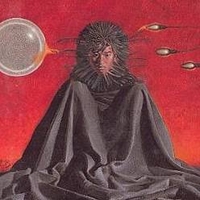The Future of the Extinction Plot
Last Animals and Humans in Octavia Butler’s Xenogenesis Trilogy
DOI:
https://doi.org/10.52537/humanimalia.9911Abstract
Extinction narratives are typically divided into two streams: last human stories that usually depict apocalyptic ends for the planet, and last animal stories that cast a melancholy look at species finitude but view modernity continuing as usual. But as animal extinction rates are rising now across the planet, these narratives can no longer be seen as distinct. This essay discusses the convergence of these extinction plots in Octavia Butler’s Xenogenesis trilogy (also called Lilith’s Brood). Finished in 1989, this trilogy brings contemporary science on genetic modification and gene banking into the purview of a science fiction story about an alien species interested in mating with humans, a nearly extinct species due to nuclear war, in order to absorb their genetic material. Butler’s novel examines issues central to biopolitics and animal studies that appear specifically at the threshold of extinction events. This essay discusses the ways her novel calls upon the reader to think self-reflexively about how extinction and genetic knowledge intertwine in contemporary cultural and scientific debates about the decline of biodiversity.
Downloads

Published
Issue
Section
License
Copyright (c) 2021 Joshua Schuster

This work is licensed under a Creative Commons Attribution-NonCommercial 4.0 International License.


